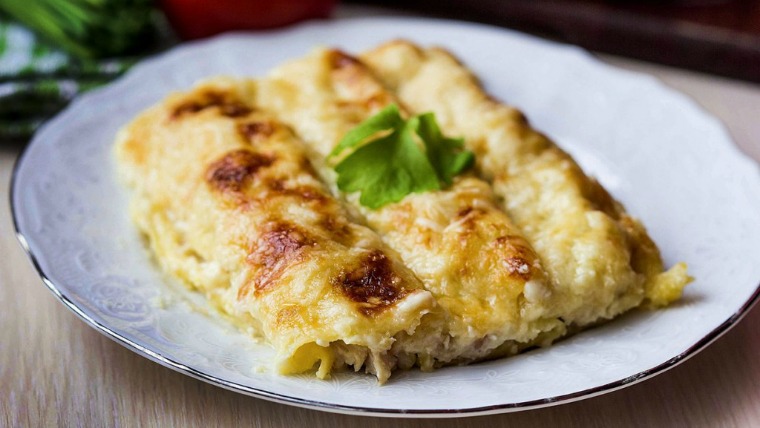21 things you should know about cannelloni for St Stephen’s Day
St Stephen’s Day (Boxing Day) and cannelloni are two inseparable ideas: thousands of canelons are made and consumed every 26 December! But this firmly rooted custom is loaded with myths, legends, arguments and technological innovations so it’s worth bringing them all together. Did you know that not everybody agrees that canelons are an example of making use of the leftovers? Or that there are more than a hundred different recipes? Do you want to know more about this food, which became popular just over a century ago?
- Although it might seem that cannelloni has been eaten since ancient times, this is a recent custom. You could not find it in any Catalan cookery book until the start of the 20th century.
- Cannelloni originally came from Italy, brought to Catalonia at the end of the 18th century by foreign chefs working in the first inns, or fondas.
- By the 19th century, thanks to emblematic restaurants such as the Maison Dorée, it had become popular with the bourgeoisie, who saw it as very refined food.
- There is a basic difference between Catalan and Italian cannelloni: here the meat is cooked first, then minced, where as the Italians put the minced meat straight into the cannelloni tubes.
- What’s more, the meat in Italian cannelloni is usually accompanied by a sofretgit, traditionally made with carrot and celery in Italy.
- The most difficult thing about making cannelloni back then was not the filling but the pasta, which had to be made by hand.
- That came to an end in 1911, thanks to the businessman Ramon Flo and his brand of pasta, El Pavo, who sold the first dry pasta sheets.
- With this technical progress, the popularity of cannelloni increased. Lots of restaurants began to serve it and, most of all, it began to enter people’s homes.
- This popularity was followed by diversity. Every household had its own recipe and over a hundred have been documented.
- The basic recipe includes pork, veal and chicken, accompanied by a sofregit of fried onion and tomato.
- But the type and proportion of meat can vary a lot. Some people make cannelloni with lean bacon, shank, jarret, etc. There are recipes that suggest more veal or chicken.
- Others add chicken liver, sheep’s brain, foie gras or pâté to make the filling smoother.
- Yet others spice up the meat with a little grated truffle.
- Foie gras and truffle are the distinctive ingredients of a very famous cannelloni recipe: the Rossini recipe, inspired by the famous Italian composer, who was a splendid gourmet.
- The sauce is another star feature of this dish. Generally, cannelloni, is covered in béchamel sauce, originally French and named after Louis Béchameil de Nointel, maître of King Louis XIV.
- There are also chefs who reduce the béchamel sauce with a little tomato sauce, to give it a slightly pinkish colour.
- Despite the fact that meat is still the most popular, there are lots of other fillings. You can make it with spinach, mixed vegetables, mushrooms, cod, tuna, other fish, shellfish, duck, etc.
- But what did people use to eat on St Stephen’s Day? Until cannelloni became popular, it was the custom in many households to eat casseroled rice.
- Arròs de la catedral and arròs colls-i-punys were two very typical recipes which made the most of the leftovers from Christmas lunch.
- In fact, both contain chicken bits – necks, wing tips, gizzards and crests – accompanied by vegetables and rice.
- Not all cookery historians agree that canelons are an example of making the most of leftovers. Néstor Luján supports this idea but Jaume Fàbregas says it is a myth.




